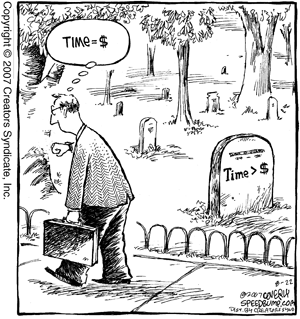Texas Proud
Give me a museum and I'll fill it. (Picasso) Give me a forum ...
- Joined
- May 16, 2005
- Messages
- 17,264
GusLevy said mostly what I wanted to say.... that the curve after "Enough" should not be going down so fast... and in NO way should it go back to the base line...
What that implies is that if you consume a LOT more than enough, you are worse off than someone who is living under a bridge going to the soup kitchen to eat.... this is NOT happening...
And I can tell you that IF I were a billionaire, that peak "enough" would be a lot higher than it is for me now.... Emeritus pointed it out that you can do a lot of things that you would not do... (for me, cars would be like paintings for others...)... I for one would be flying a lot more to many interesting destination around the world... and maybe in my own private jet.. and I can tell you that my fulfillment would not be dipping down like the graph shows...
What that implies is that if you consume a LOT more than enough, you are worse off than someone who is living under a bridge going to the soup kitchen to eat.... this is NOT happening...
And I can tell you that IF I were a billionaire, that peak "enough" would be a lot higher than it is for me now.... Emeritus pointed it out that you can do a lot of things that you would not do... (for me, cars would be like paintings for others...)... I for one would be flying a lot more to many interesting destination around the world... and maybe in my own private jet.. and I can tell you that my fulfillment would not be dipping down like the graph shows...


 )...
)...